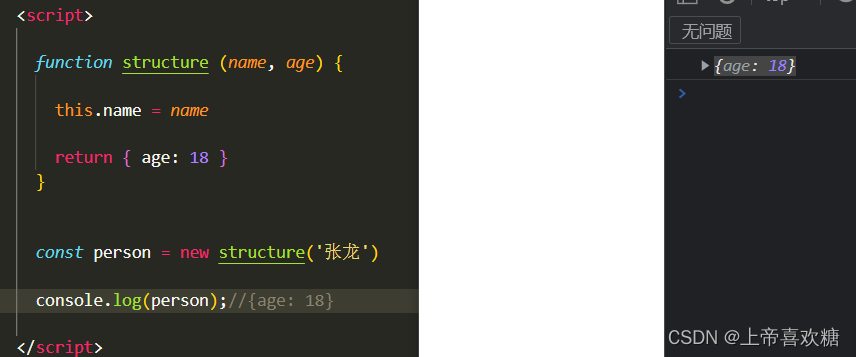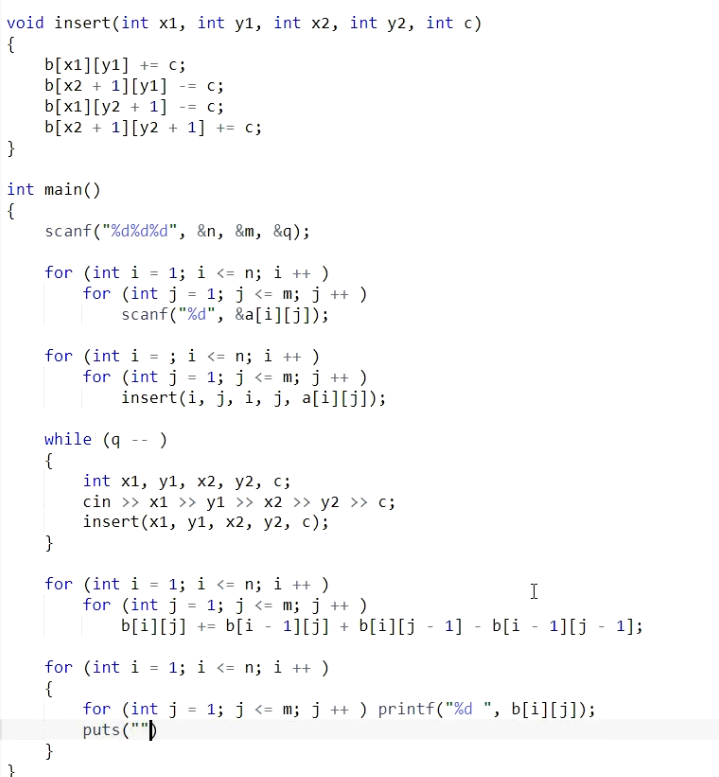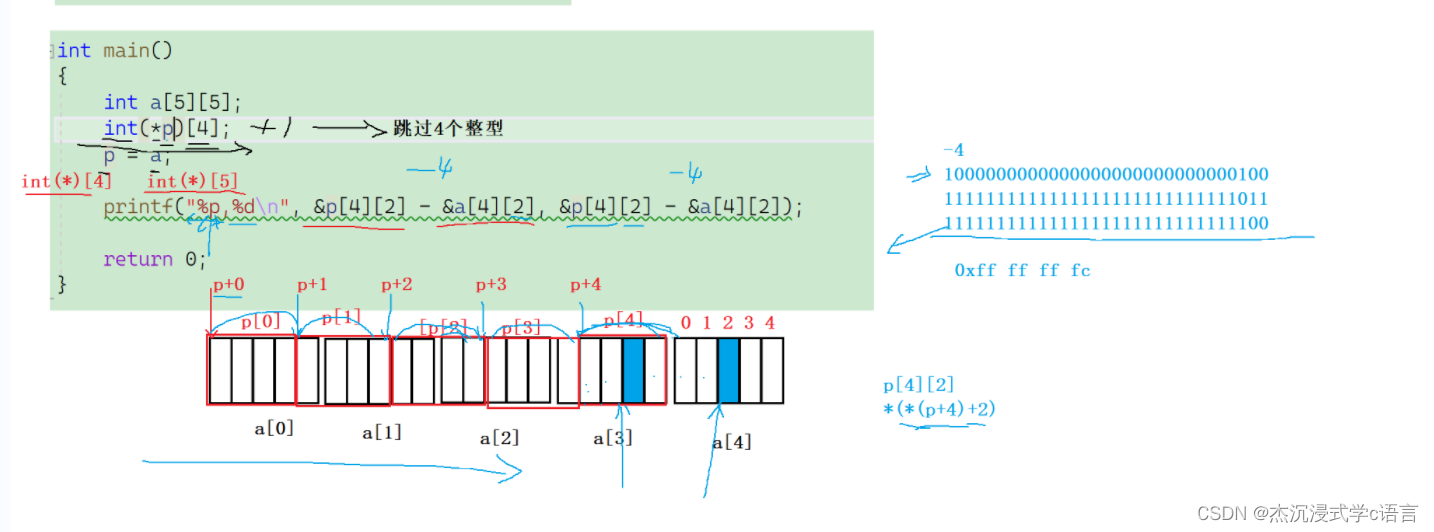Lottie简介
官方介绍:Lottie是一个库,可以解析使用AE制作的动画(需要用bodymovie导出为json格式),支持web、ios、android、flutter和react native。 在web端,lottie-web库可以解析导出的动画json文件,并将其以svg或者canvas的方式将动画绘制在我们的页面上.
Lottie的优点
- 动画由设计使用专业的动画制作工具AE来实现,使动画实现更加方便,且效果更好
- 前端可以方便的调用动画,并对动画进行控制,减少前端动画工作量
- 设计制作动画,前端展现动画,分工明确
- 使用lottie方案,json文件大小比gif文件小很多,性能也会更好
lottie-web 在前端的使用
- 安装lottie-web
npm install lottie-web
复制代码- lottie-web的基本用法
import lottie from 'lottie-web'
const animation = lottie.loadAnimation({
container: document.getElementById('domId'), // 绑定dom节点
renderer: 'svg', // 渲染方式:svg、canvas
loop: true, // 是否循环播放,默认:false
autoplay: true, // 是否自动播放, 默认true
animationData: // AE动画使用bodymovie导出为json数据
})
- json简单解释
{
"v": "5.1.13", // bodymovin 版本
"fr": 30, // 帧率
"ip": 0, // 起始关键帧
"op": 20, // 结束关键帧
"w": 150, // 视图宽
"h": 130, // 视图高
"nm": "鹅头收起动画", // 名称
"ddd": 0, // 3d
"assets": [], // 资源集合
"layers": [], // 图层集合
"masker": [] // 蒙层集合
}
- lottie-web 常用方法 前面我们就初始化了一个lottie对象了. 然后我们介绍它的一些常用方法
animation.play(); // 播放,从当前帧开始播放
animation.stop(); // 停止,并回到第0帧
animation.pause(); // 暂停,并保持当前帧
animation.goToAndStop(value, isFrame); // 跳到某个时刻/帧并停止isFrame(默认false)指示value表示帧还是时间(毫秒)
animation.goToAndPlay(value, isFrame); // 跳到某个时刻/帧并进行播放
animation.goToAndStop(30, true); // 跳转到第30帧并停止
animation.goToAndPlay(300); // 跳转到第300毫秒并播放
animation.playSegments(arr, forceFlag); // arr可以包含两个数字或者两个数字组成的数组,forceFlag表示是否立即强制播放该片段
animation.playSegments([10,20], false); // 播放完之前的片段,播放10-20帧
animation.playSegments([[0,5],[10,18]], true); // 直接播放0-5帧和10-18帧
animation.setSpeed(speed); // 设置播放速度,speed为1表示正常速度
animation.setDirection(direction); // 设置播放方向,1表示正向播放,-1表示反向播放
animation.destroy(); // 删除该动画,移除相应的元素标签等。
Lottie-web 常用的事件
animation.addEventListener('data_ready', () => {}) // 动画数据加载完毕
animation.addEventListener('config_ready', () => {}) // 完成初始配置后
animation.addEventListener('data_failed', () => {}) // 加载动画数据失败
animation.addEventListener('loaded_images', () => {}) // 所有图片加载成功或者失败
animation.addEventListener('DOMLoaded', () => {}) // 将元素添加到DOM后
Lottie的免费资源
之前我们说过Lottie的动画是通过AE制作好了动画后,再使用bodymovie导出为json格式。其实有一个网站,它提供了一些免费的动画(当然也有付费的)直接有我们需要的动画json数据.
如下面的动图, 我们找到我们想要的动画,然后点击后,弹出窗口,点击下载,格式为JSON。然后就能把这个动画的json数据用到我们自己的项目里边去了.
好了介绍完了它的用法后,我们现在就去vue中去做一个实战
在vue中使用lottie
- 使用vite跑vue
npm init @vitejs/app <project-name>
复制代码- 安装lottie-web
npm install lottie-web
复制代码- 封装一个基础的组件
lottie.vue, 主要就是初始化好lottie对象,然后把对象传递出去给其他组件用
<template>
<div :style="style" ref="lavContainer"></div>
</template>
<script>
import lottie from ‘lottie-web’
export default {
name: ‘lottie’,
props: {
options: {
type: Object,
required: true,
},
height: Number,
width: Number,
},
computed: {
style() {
return {
width: this.width ? <span class="hljs-subst">${<span class="hljs-variable language_">this</span>.width}</span>px : ‘100%’,
height: this.height ? <span class="hljs-subst">${<span class="hljs-variable language_">this</span>.height}</span>px : ‘100%’,
}
},
},
mounted() {
this.anim = lottie.loadAnimation({
container: this.KaTeX parse error: Expected 'EOF', got '}' at position 798: …ta</span>, }̲) <span cla…emit(‘animCreated’, this.anim)
},
unmounted () {
this.anim && this.anim.destroy()
}
}
</script>
复制代码
- 基于上面的组件,我们封装一个更具象一点的组件
clickIcon,这个组件也是通用组件,增加了点击后,动画交互需要怎么走向等逻辑.
<template>
<div class="clickIcon">
<div
class="iconBox"
:style="{ width: width + 'px', height: height + 'px' }"
>
<slot name="svg" v-bind:data="{ toggle, flag, iconWidth, iconHeight }"></slot>
<lottie
@click="toggle"
:class="{ show: flag === true || !defaultSlot }"
class="like"
style="display: none;"
:options="options"
:height="height"
:width="width"
v-on:animCreated="handleAnimation"
/>
</div>
</div>
</template>
<script>
import { computed, ref, defineComponent } from “vue”;
import Lottie from “./lottie.vue”;
let anim = null
/**
- 点击icon然后播放一段动画的组件
- 适合收藏、点赞等小功能
*/
export default defineComponent({
name: “clickIcon”,
props: {
// 宽度
width: {
type: Number,
default: 100,
},
// 高度
height: {
type: Number,
default: 100,
},
// 初始化Lottie需要的参数
options: {
type: Object,
default: () => {},
},
// 是否需要一个插槽,显示一个默认的图标
defaultSlot: {
type: Boolean,
default: true
},
// 从外面传递的一个点击后需要的交互效果
toggleFun: {
type: Function,
default: null
}
},
components: {
lottie: Lottie,
},
emits: [‘init’],
setup(props, { emit }) {
// 动画速度
const animationSpeed = 2
// 点击交互标识
let flag = ref(false);
// 图标高度
const iconWidth = computed(() => {
return props.width;
});
// 图标宽度
const iconHeight = computed(() => {
return props.height;
});
// 点击图标交互
const toggle = function() {
if (!props.defaultSlot) {
props.toggleFun && props.toggleFun(anim)
} else {
flag.value = !flag.value;
if (flag.value) {
anim.play();
} else {
anim.stop();
}
}
};
// 获取anim对象
const handleAnimation = function(animated) {
anim = animated;
onSpeedChange()
emit(‘init’, animated)
}
// 停止动画
const stop = function() {
anim.stop();
}
// 播放动画
const play = function() {
anim.play();
}
// 暂停动画
const pause = function() {
anim.pause();
}
// 控制播放速度
const onSpeedChange = function() {
anim.setSpeed(animationSpeed);
}
return {
iconWidth,
iconHeight,
handleAnimation,
flag,
toggle,
stop,
play,
pause
};
},
});
</script>
<style scoped>
.iconBox {
position: relative;
}
.show {
display: inline-block ;
}
.hidden {
display: none ;
}
.like {
cursor: pointer;
}
.icon {
position: absolute;
left: 50%;
top: 50%;
transform: translate(-50%, -50%);
}
</style>
复制代码
接下来我们就写一个喜欢组件like.vue,如之前我们看到的效果 先把下载的动画json文件,放到资源文件目录,然后我们再用代码调用它使用.
<template>
<lottie
class="like"
:options="defaultOptions"
:height="height"
:defaultSlot="false"
:width="width"
@init="init"
:toggleFun="toggle"
ref="lottie"
>
</lottie>
</template>
<script>
import Lottie from “…/common/clickIcon.vue”;
import animationData from “/public/like.json”;
export default {
name: “app”,
components: {
lottie: Lottie,
},
props: {
width: {
type: Number,
default: 60,
},
height: {
type: Number,
default: 60,
},
},
methods: {
init (animation) {
animation && animation.goToAndStop(0, true)
},
toggle (animation) {
if (this.toggleFlag) {
animation.playSegments([50, 90], true); // 从50帧播放到最后
} else {
animation && animation.playSegments([0, 50], true); // 从第0帧播放到50帧
}
this.toggleFlag = !this.toggleFlag
}
},
data() {
return {
toggleFlag: false,
defaultOptions: {
name: “like”,
animationData: animationData,
autoplay: false,
loop: false,
}
};
}
};
</script>
<style scoped>
.hidden {
display: none;
}
</style>
复制代码
上边的效果之所以这样做,是因为我们下载的‘喜欢’动画的json文件,它是由两个状态组成的, 0-50帧是由未选中到选中状态的动画,50->90帧是选中状态->未选中状态的动画. 具体多少帧到多少帧可以从网站下载json文件那个窗口下面的进度去看到的.
- 使用
喜欢组件
<template>
<div id="app">
<like></like>
</div>
</template>
<script>
import { defineComponent } from “vue”;
import like from “./components/like/index.vue”;
export default defineComponent({
components: {
like,
},
});
复制代码
具体效果如下
结语
以上就是利用Lottie在vue中实现一个喜欢组件了。 其实目前只是写了这么一个demo而已,大家有兴趣的话,可以把它再实现完一下,现在组件还没有去记录一下组件的默认状态, 它可能默认就是被选中的状态. 另外我们这一次拿到的动画组件刚好是有选中和未选中两种状态的,在之前给大家介绍的免费下载动画json文件的网站里边还有一些动画是只给到一个选中的动画效果,并没有未选中的状态,这时候我们可以自己去找一个类似的svg图标,然后作为默认的图标,点击后,触发选中的动画效果. 这种场景碰到的极少,如果是公司项目的话,可以要求美工去做两个状态的动画效果,如果是自己的个人项目,然后碰到了很喜欢的免费动画,然而它只提供了一个状态的话,这时候才有用。 我在组件其实也把这种情况考虑进去了,就是defaultSlot把这个属性设置成true, 然后在写组件的时候,添加一个插槽作为一个默认组件.
写在最后
大家可以给个点赞鼓励一下萌新嘛? 哈哈哈, 先谢过了~


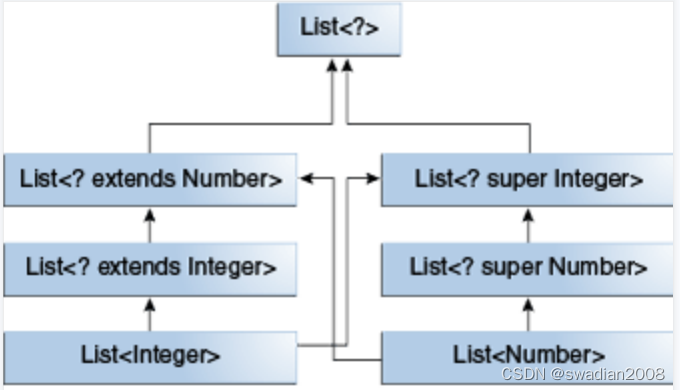
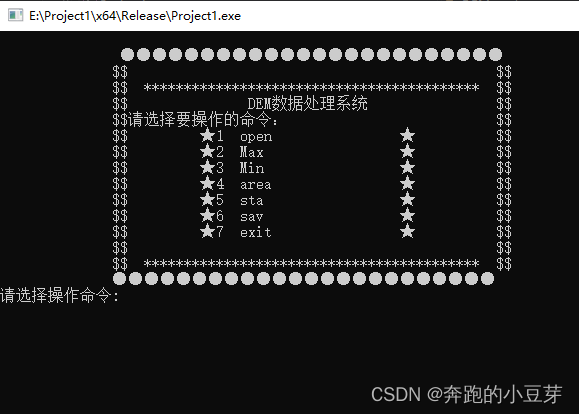
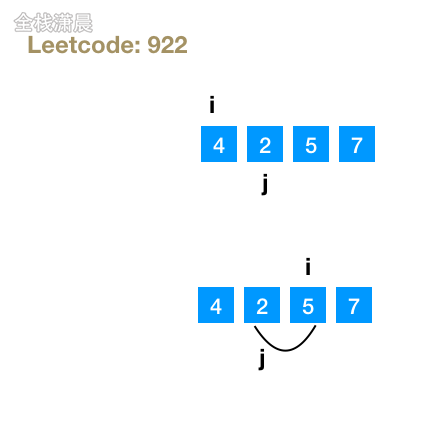
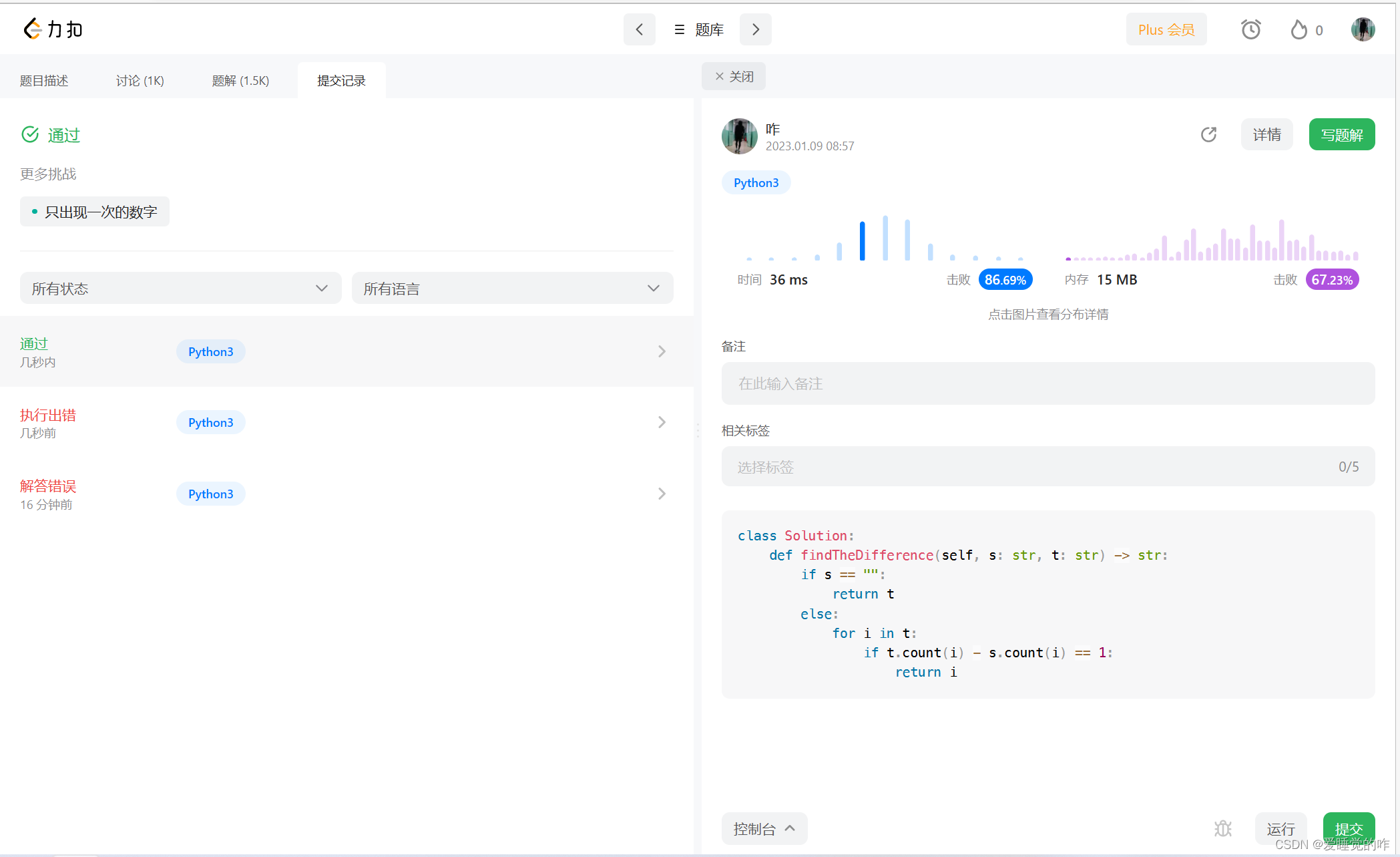


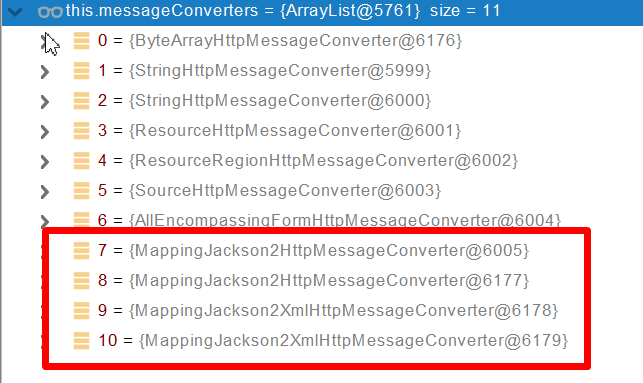

![[JavaEE]synchronized 与 死锁](https://img-blog.csdnimg.cn/b41fb650558246dc9cb065605700e4d2.png)
